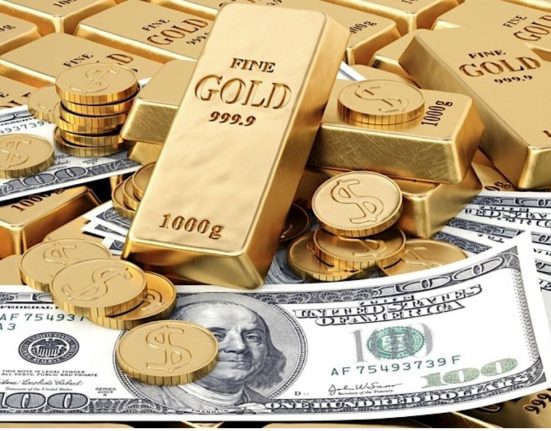Silver prices struggle as selling pressure mounts
Silver prices are experiencing a continued decline, signaling a bearish sentiment in the market. Following a rejection slide from the $24.00 mark, which coincides with the 38.2% Fibonacci retracement level, the white metal is drifting lower for the second successive day. With its value currently just below the $23.50 level during the early European session on Monday, silver appears vulnerable to further weakening. This article delves into the factors driving silver’s downtrend and explores the potential consequences for investors.
Factors influencing the decline:
Market sentiment turns bearish, impacting silver prices
The downward pressure on silver prices can be attributed to the prevailing bearish sentiment in the market. Investors’ concerns over global economic growth and rising inflation have led to increased risk aversion, prompting a shift towards safe-haven assets like the US dollar and government bonds. As a result, demand for silver, often considered a hedge against inflation, has dwindled.
Fibonacci retracement level and rejection slide contribute to selling pressure
Technical analysis plays a crucial role in understanding market dynamics, and in the case of silver, the 38.2% Fibonacci retracement level has acted as a significant resistance. This level represents a key retracement of the downfall witnessed in May, making it a critical level for market participants. The rejection slide from the $24.00 mark, combined with the psychological significance of the Fibonacci level, has fueled selling pressure on silver prices.
Implications for investors:
Potential opportunities and risks for silver investors
The extended decline in silver prices presents both opportunities and risks for investors. On one hand, those with a bearish outlook may find potential gains by short-selling silver or investing in inverse silver exchange-traded funds (ETFs). These strategies allow investors to profit from falling silver prices. On the other hand, long-term investors who believe in the intrinsic value of silver may view this decline as an opportunity to accumulate the metal at more favorable prices.
Assessing silver’s relationship with other assets
Understanding the interplay between silver and other assets is crucial for investors seeking to make informed decisions. Historically, silver has demonstrated a positive correlation with gold, often dubbed the “poor man’s gold.” However, in recent times, the relationship between the two metals has shown signs of divergence. Investors should closely monitor this relationship to gain insights into the potential direction of silver prices.
Geopolitical factors and industrial demand
Silver’s price trajectory is also influenced by geopolitical factors and industrial demand. Any escalation in geopolitical tensions or disruptions in key silver-producing regions can impact supply and subsequently affect prices. Additionally, industrial demand for silver, driven by its use in various sectors like electronics and solar panels, can play a significant role in price movements. Investors should keep a close watch on these factors for a comprehensive understanding of silver’s future prospects.
Conclusion:
Silver faces headwinds amid prevailing market sentiment
As silver prices extend their decline, hovering just below the $23.50 level, the market sentiment remains bearish. The rejection slide from the $24.00 mark and the influence of the 38.2% Fibonacci retracement level have contributed to the current selling pressure. Investors need to carefully analyze the factors driving silver’s downward movement, such as the prevailing market sentiment, technical levels, and geopolitical factors. By considering these aspects, investors can make informed decisions regarding their silver investments and navigate the evolving landscape of the precious metals market.










